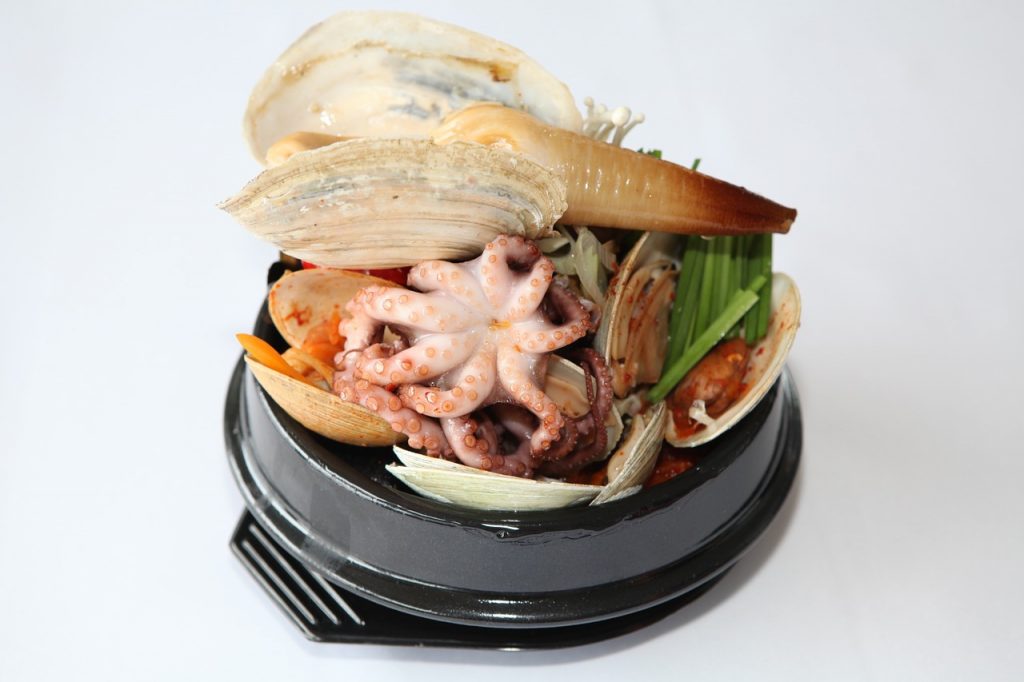The geoduck is a staple on nature shows highlighting the weirdness of the animal kingdom, but how much do you know about the clam? Beyond their humorous appearance, the geoduck has a rich history as a food source. Because of their value, they’re also vulnerable to poaching. The politics of geoduck is more complex than you might think.
What is a geoduck?
Pronounced “gooey duck,” the geoduck is a large clam found off the United States west coast. The soft body of the clam can be as over 3-feet long. The largest type of burrowing clam, they burrow in muddy or sandy sediments. Using their neck, they siphon water to filter out food like fish larvae and phytoplankton. If undisturbed, the geoduck can live over 100 years.
Harvesting geoduck
Collecting a geoduck is hard work. The waters of the Pacific are cold and geoducks like mud. Many farmers use high-pressure hoses to dislodge geoducks before reaching into the hole and yanking them out. Like all clams, the geoduck must be cleaned before it’s prepared for eating. What does the clam taste like? It’s sweet with a slightly crunchy texture. They can be eaten raw or simmered in soups and stews. They’re also supposedly an aphrodisiac. Over the years, their value has risen as high as $150 per pound. The politics of geoduck are closely linked to these high prices.

Geoduck and assorted seafood
The problem of poaching
In the last decade, as geoduck prices went up, so did poaching. Goeduck has been especially popular in Asia, which received 90% of the supply according to a 2015 PBS article. This opened up opportunities for a clam black market. Besides skirting the rules, poaching can spell trouble for the geoduck population. While geoducks are not rare by any stretch of the imagination, beds of the clams do take about 40 years to come back after harvest. There are rules about how many people can collect. Poaching throws off the balance.
Divers from the Washington Department of Fish and Wildlife check on beds every decade to make sure the clams are recovering. When geoduck prices were at their peak, the effects of poaching were apparent. The consequences are serious. One year, a man was sentenced to four months in prison after authorities discovered he’d harvested 300 pounds of geoduck without permission.
The trouble with tariffs
The Asian market is not quite as enamored with geoduck. Buyers are getting pickier and perhaps a little bored. That means US producers risk losing a lot of money. The tariffs enacted by the Trump administration have also hurt the geoduck market. In 2017, Washington state made close to $28 million from auctioning off geoduck rights. After the first tariffs started by summertime in 2018, the winning bid prices reflected nearly a 45% decrease. That’s a problem for local tribes, as well, who benefit from the sale of the burrowing clams. The politics of geoduck, a weird and funny-looking clam, have serious consequences. While lower prices make poaching not as appealing, it hurts legal harvesters.
———–
Like many creatures, geoducks love to burrow. The mantis shrimp loves hiding, too, but if it’s threatened, it’s more than able to defend itself. It has a punch powerful enough to break glass.




